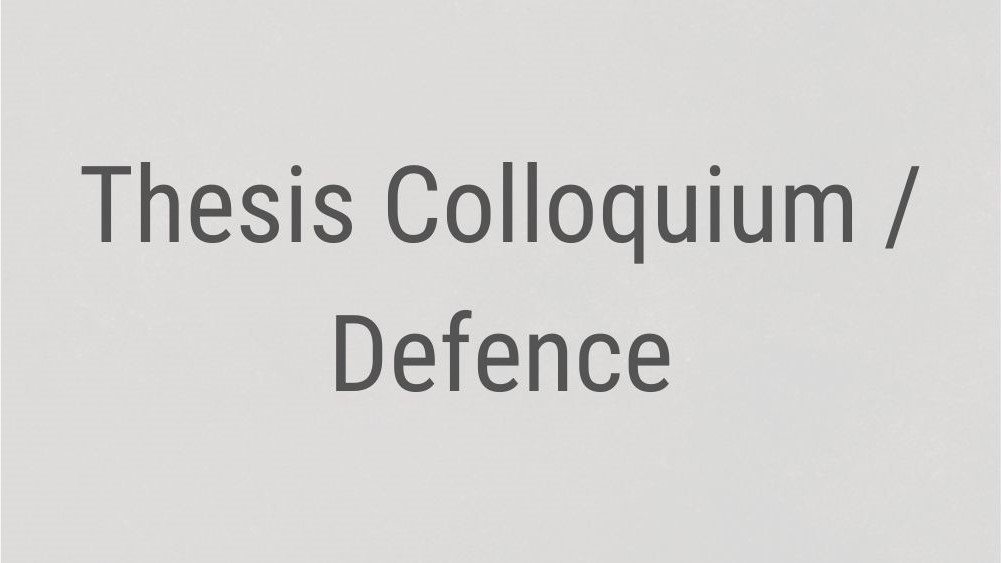
- This event has passed.
[PhD Defense] Bearings-Only Quadrotor Guidance in Gap Traversal Scenarios
July 16, 2024 @ 4:00 PM - 5:00 PM

In autonomous missions, quadrotors are often required to safely fly through gaps or openings. Designing traversal guidance strategies becomes crucial in such scenarios, especially when the quadrotor relies on the information obtained through onboard sensors. Lightweight and passive vision-based sensors can readily provide bearing information of the gaps using image features. This thesis addresses the quadrotor guidance problem of traversing gaps using only the relative bearing information. Specifically, the work considers three scenarios: planar flight through gaps, window traversal, and moving gap traversal for lane transition in air corridors.
The first part of the thesis presents a planar gap traversal guidance law using bearings-only information. The main contribution in this part is a novel guidance method governing quadrotor heading direction using bearing information of the gap opening. The proposed heading direction is designed using an elliptic shaping angle derived from the angular bisector orientation of the gap-bearing angles. The stability of the resulting closed-loop kinematics is ascertained using Lyapunov’s direct method. Additionally, a phase plane analysis is carried out to visualize the safe traversal characteristics of the proposed method considering all possible initial conditions around the gap. Combined with a tracking controller, the proposed guidance strategy is applied to a six-degree-of-freedom (6-DOF) quadrotor model, ensuring convergence towards the prescribed trajectory. The effectiveness of the proposed guidance method is validated with numerical simulations considering several initial conditions, noisy bearing measurements, and dynamic vehicle constraints.
Moving beyond planar scenarios, a three-dimensional window traversal problem is considered in the next part of the thesis and a guidance solution is proposed using bearing information of window extremities. The guidance logic governs the commanded flight path angle and heading angle of the vehicle. Again, these commands comprise an angular bisector component with a shaping angle, facilitating traversal along a direction normal to the window plane and passing through the centroid. A detailed stability analysis ascertains the convergence of vehicle trajectories to the desired traversal path. Simulation studies consider a 6-DOF quadrotor model, dynamic attitude constraints, and noise in bearing information. The robustness of the proposed method is demonstrated through a Monte-Carlo simulation study, considering various initial conditions and noisy measurements.
Next, a new lane transition guidance method for a quadrotor flying in an air corridor system is introduced. Utilizing the bearing information of the neighboring vehicles, the guidance method directs the quadrotor for a safe transition between two lanes. Comprising three sequential guidance phases, the method includes discerning guidance for determining neighboring vehicle velocity, longitudinal guidance to identify suitable gaps in the destination lane, and transit guidance to maneuver the quadrotor into the desired gap. A detailed analysis deduces, in closed-form, the time duration for each of the three guidance phases. Additionally, local asymptotic stability is ascertained for the proposed guidance phases. Simulation results and Monte-Carlo studies demonstrate the proposed method’s feasibility, effectiveness, and robustness for safe autonomous lane transition.
Overall, the proposed guidance methods present simple, easily computable and closed-form analytic guidance inputs using only the passive bearing information. Further, deterministic performance guarantees provide a sound theoretical foundation for the novel guidance solutions. The thesis also includes representative experimental studies using an indoor motion capture system and Crazyflie quadrotor platform.
Speaker: Midhun E K